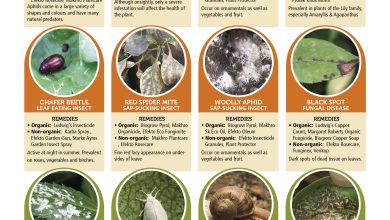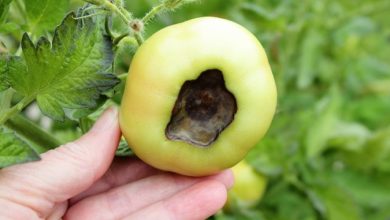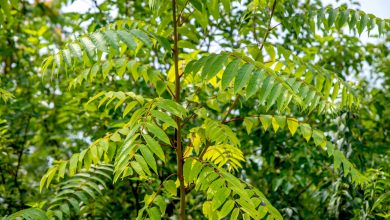Gymnosperm plants
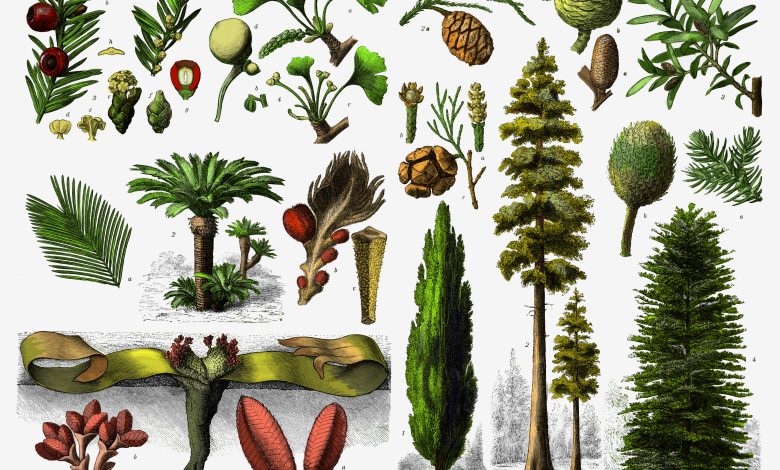
A gymnosperm plant is any vascular plant that reproduces by means of an exposed seed, or ovule, unlike angiosperms, or flowering plants, whose seeds are enclosed by mature ovaries, or fruits.
The seeds of many gymnosperms (literally, «naked seeds») are borne in cones and are not visible until maturity.
Important Points About Gymnosperms
- Gymnosperms are non-flowering plants that produce seeds. They belong to the Embophyta subcategory.
- The term «gymnosperm» literally means «bare seed.» This is because the seeds produced by gymnosperms are not enclosed in an ovary. Instead, gymnosperm seeds are exposed on the surface of leaf-like structures called bracts.
- The four main divisions of gymnosperms are Coniferophyta, Cycadophyta, Ginkgophyta, and Gnetophyta.
- Gymnosperms are usually found in temperate and boreal forest biomes. The most common types of gymnosperms are conifers, cycads, ginkgos, and gnetophytes.
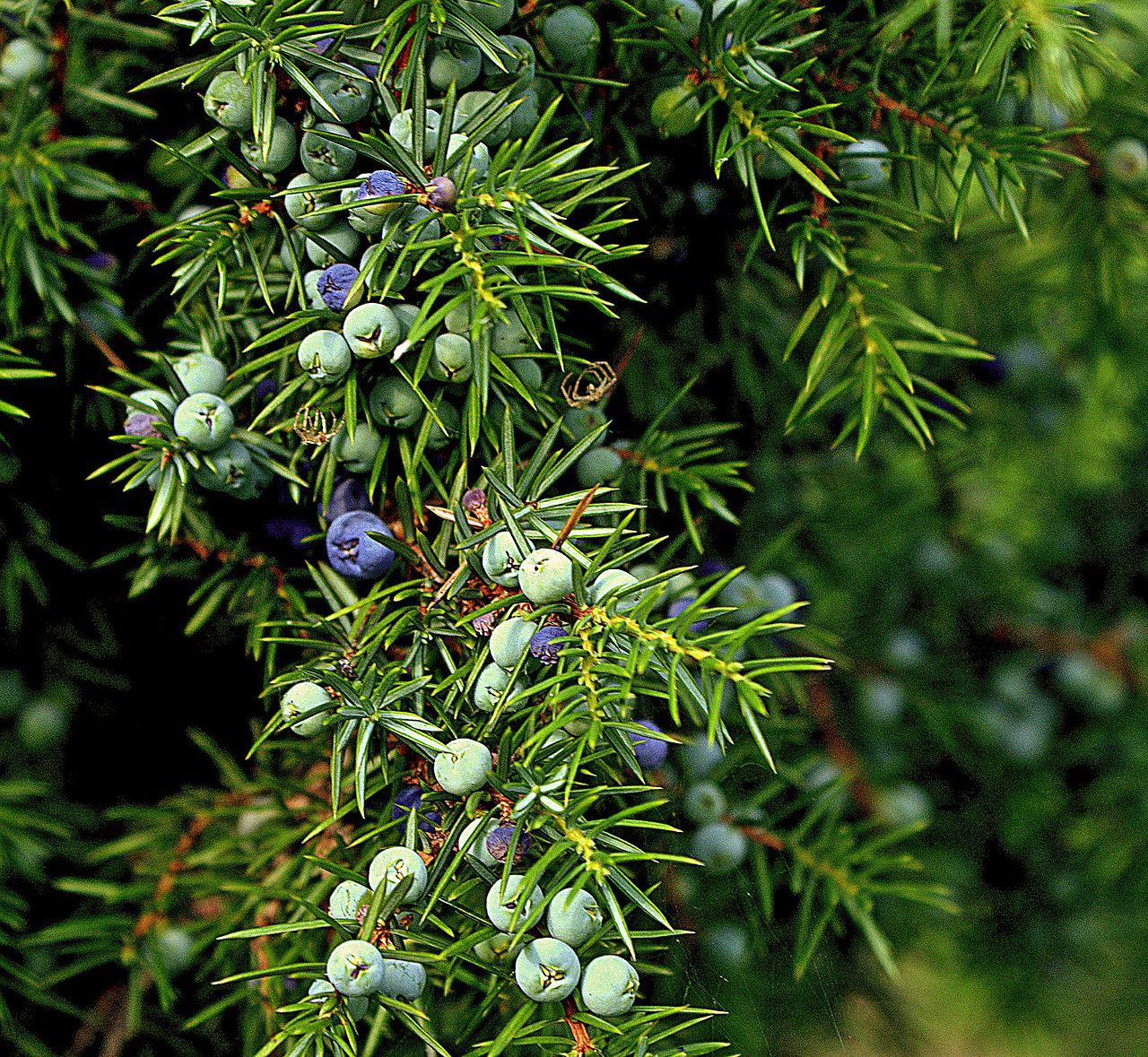
What are gymnosperm plants?
Gymnosperms are a group of seed-producing plants that includes conifers, cycads, Ginkgo, and gnetophytes, forming the clade Gymnospermae, whose living members are also known as Acrogymnospermae.
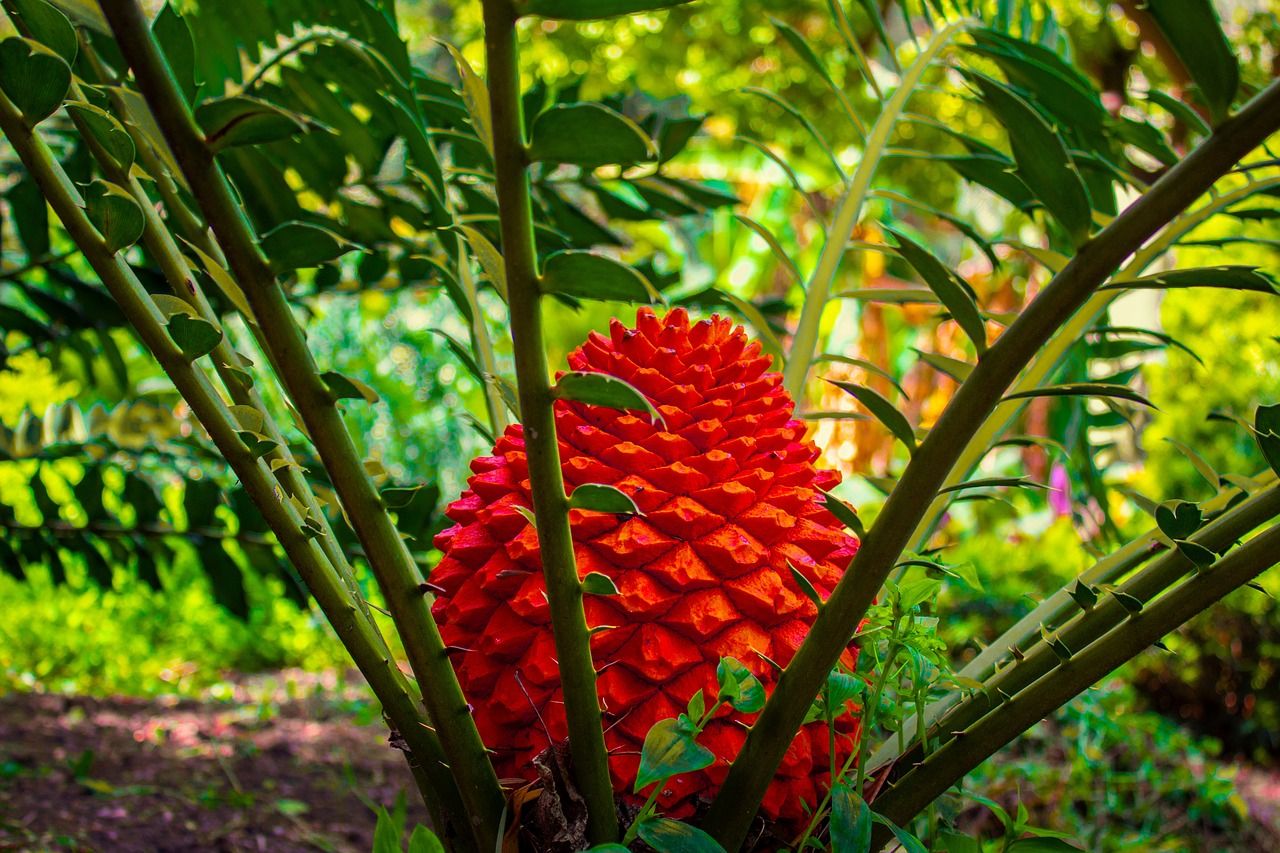
The term gymnosperm comes from the Greek compound word: γυμνόσπερμος (γυμνός, gymnos, ‘naked’ and σπέρμα, sperma, ‘seed’), which literally means ‘naked seeds’. The name is based on the unenclosed condition of their seeds (called ovules in their unfertilized state).
The unenclosed condition of their seeds contrasts with the seeds and ovules of flowering plants (angiosperms), which are enclosed in an ovary. Gymnosperm seeds develop on the surface of scales or leaves, which are often modified to form cones, or solitary as in Yew, Torreya, and Ginkgo.
They have a dominant diploid sporophytic phase and a reduced haploid gametophytic phase that is dependent on the sporophytic phase.
Gymnosperms and angiosperms together form the spermatophytes or seed plants. Gymnosperms are subdivided into five divisions, four of which, the Cycadophyta, the Ginkgophyta, the Gnetophyta and the Pinophyta (also known as the Coniferophyta) are still extant, while the Pteridospermatophyta have become extinct.
The largest group of living gymnosperms are conifers (pines, cypresses, and relatives), followed by cycads, gnetophytes (Gnetum, Ephedra, and Welwitschia), and Ginkgo biloba (a single living species). About 65% of gymnosperms are dioecious, but conifers are nearly all monoecious.
Some genera have mycorrhizal, fungal associations with the roots (Pinus), while in some others (Cycas) small specialized roots called staghorn roots are associated with nitrogen-fixing cyanobacteria.
Botanists and biologists recognize four distinct divisions of extant (non-extinct) gymnosperm plants—Pinophyta, Cycadophyta, Ginkgophyta, and Gnetophyta—with 88 genera and more than 1,000 species distributed throughout the world.
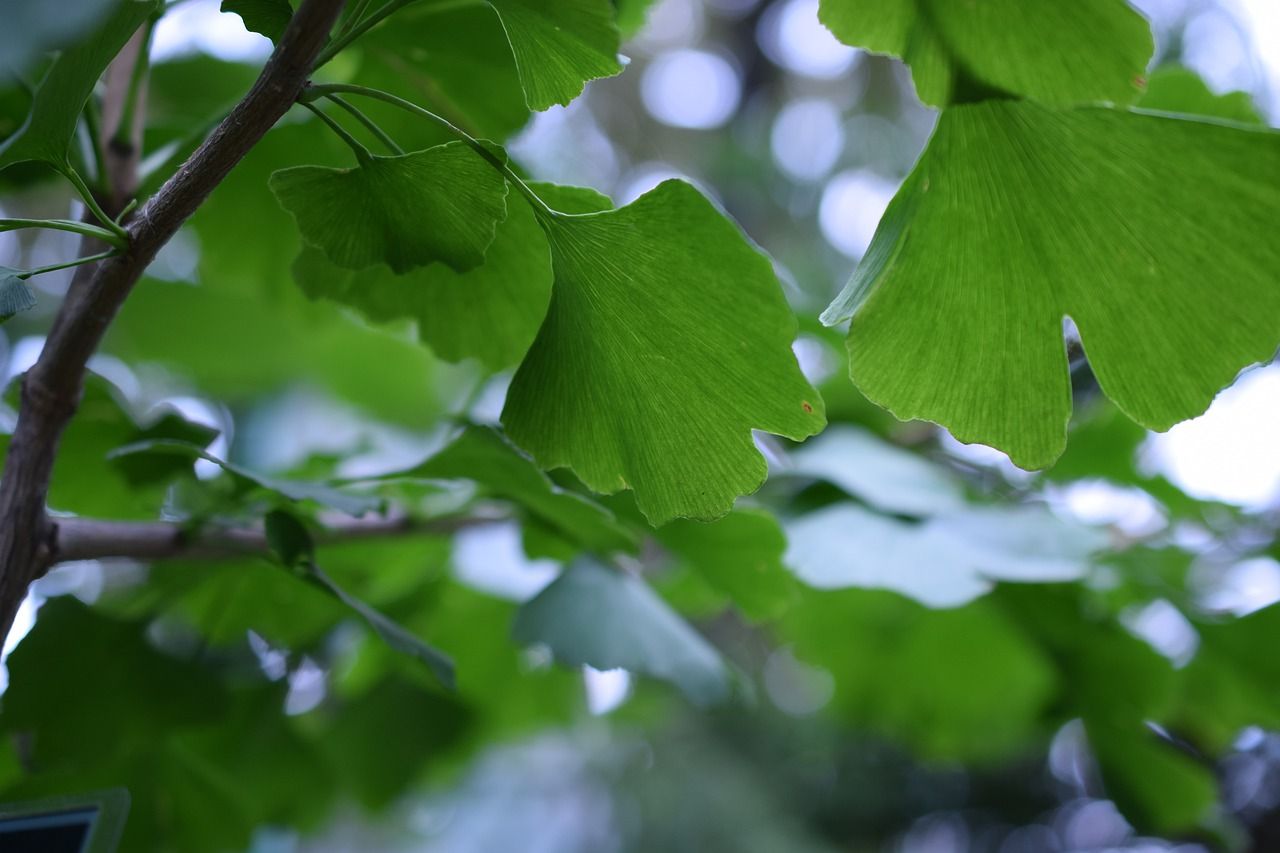
Did you know…?Gymnosperm plants dominated the Mesozoic Era (between 252.2 and 66 million years ago), a time when some of the modern families (Pinaceae, Araucariaceae, Cupressaceae) originated.
Although since the Cretaceous (about 145 million to 66 million years ago) gymnosperms have been gradually displaced by the more recently evolved angiosperms, they continue to be successful in many parts of the world and occupy large areas of the earth’s surface.
Coniferous forests, for example, cover vast regions of the northern temperate lands, and gymnosperms typically grow in more northern latitudes than angiosperms.
Characteristics of gymnosperm plants
In all groups of living gymnosperms, the visible part of the plant body (ie, the stem and growing branches) represents the sporophyte, or asexual, generation, rather than the gametophyte, or sexual, generation.
Normally, a sporophyte has a stem with roots and leaves and carries the reproductive structures.
As vascular plants, gymnosperms contain two conductive tissues, the xylem and the phloem. The xylem conducts water and minerals from the roots to the rest of the plant and also provides structural support.
The phloem distributes the sugars, amino acids, and organic nutrients manufactured in the leaves to the non -photosynthetic tissues of the plant.

En la mayoría de las gimnospermas, los conos de polen masculinos, llamados microstrobios, contienen hojas reducidas llamadas microsporófilos. Los microsporangios, o sacos de polen, nacen en las superficies inferiores de los microsporófilos. El número de microsporangios puede variar desde dos en muchas coníferas hasta cientos en algunas cícadas. Dentro de los microsporangios hay células que sufren una división meiótica para producir microsporas haploides.
La fase de gametofito comienza cuando la microspora, mientras aún está dentro del microsporangio, empieza a germinar para formar el gametofito masculino. Un solo núcleo de microspora se divide por mitosis para producir unas cuantas células. En esta fase, el gametofito masculino (llamado grano de polen) se desprende y es transportado por el viento o los insectos.
The female ovular cones, called megastrobiles, can be born on the same plant that bears the microstrobiles (as in conifers) or on separate plants (as in cycads and Ginkgo).
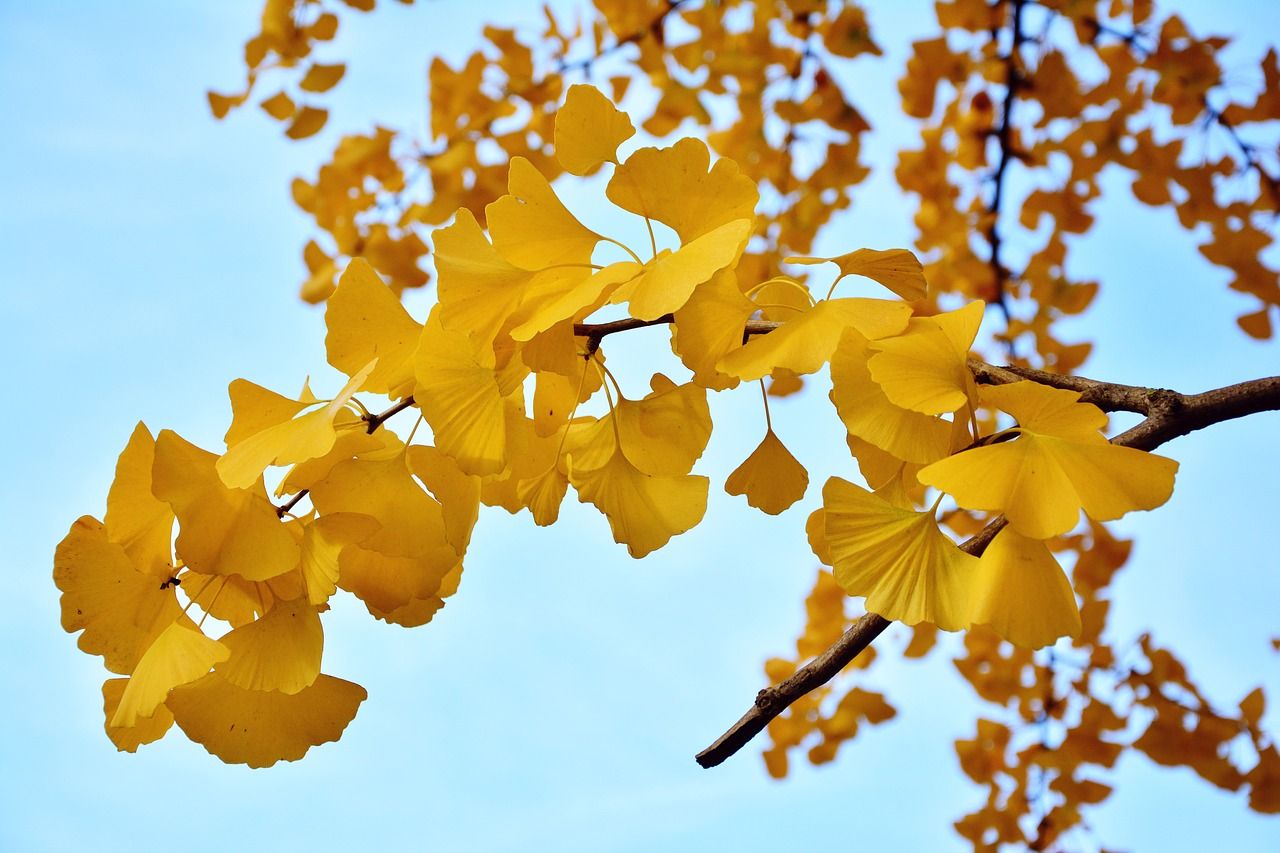
A megastrobilus contains many scales, called megasporophylls, which contain megasporangia. Within each megasporangium, a single cell undergoes meiotic division to produce four haploid megaspores, three of which usually degenerate.
The remaining megaspore undergoes mitosis to form the female gametophyte. As the number of free nuclei multiplies, the megasporangium and megaspore wall expand. In this phase, the egg is ready to be fertilized.
However, before fertilization can occur, the mature male gametophyte (the pollen grain) must be transported to the female gametophyte: the process of pollination. In many gymnosperms, a sticky «pollination droplet» oozes from a small hole in the female megasporangium to trap pollen grains.
The droplet is reabsorbed into the megasporangium for fertilization. In other species, the pollen grain is deposited on the surface of the megasporangium, where the male gametophyte continues to develop.
A pollen tube emerges from the grain and grows through the megasporangium into the multicellular structure that contains the ovule, called the archegonium. The egg and sperm continue to mature, with the nucleus of the sperm undergoing additional divisions that give rise to two male gametes, or sperm.
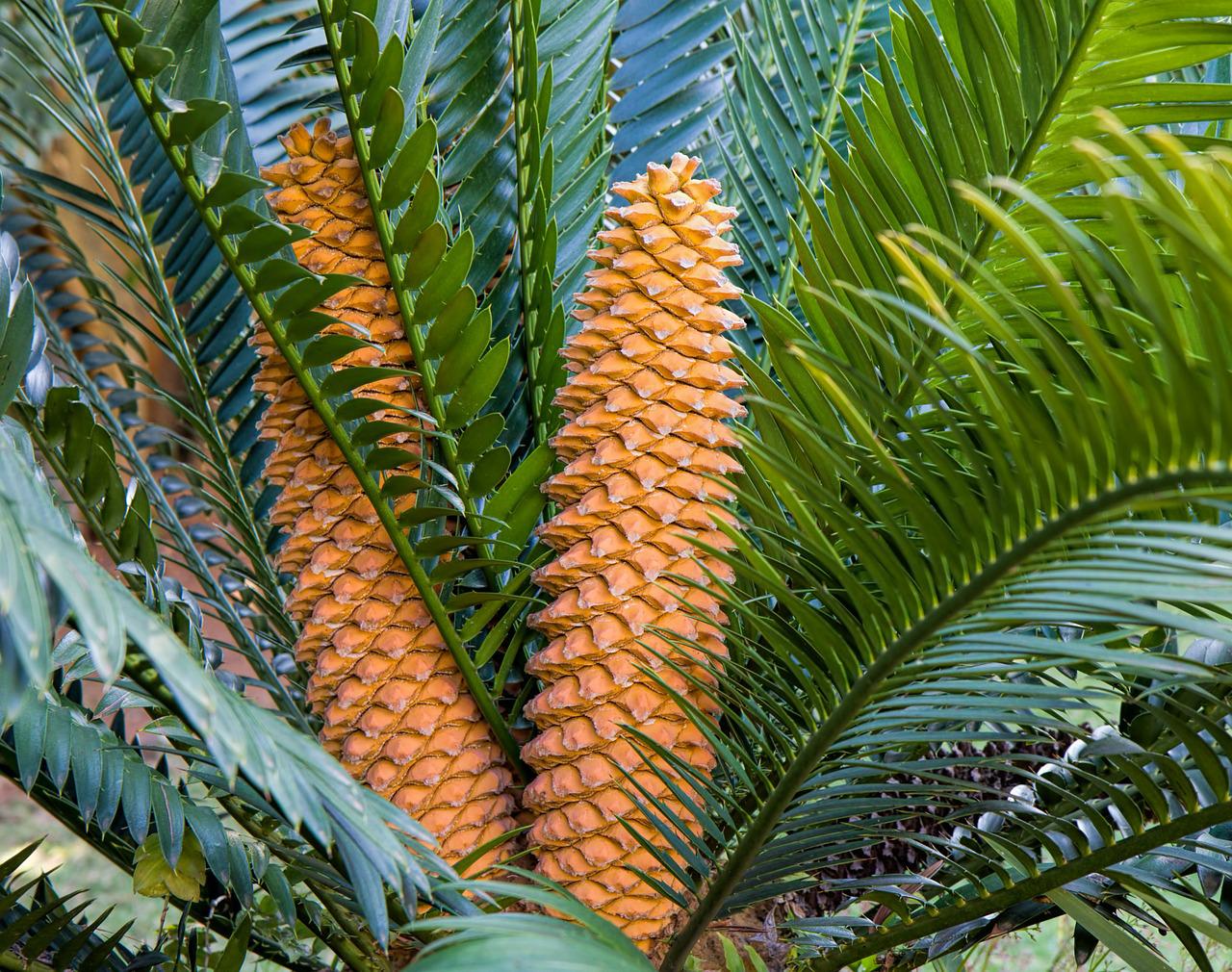
Did you know…?Interestingly, cycads and Ginkgo are the only seed plants that have flagellated sperm. By the time the pollen tube reaches the archegonium, both the egg and sperm are fully mature and the egg is ready to be fertilized.
In gymnosperms, when the nuclei of the two sperm cells meet the ovum, one of the nuclei dies and the other unites with the nucleus of the ovum to form a diploid zygote. The fertilized ovule undergoes mitosis to initiate the development of a new generation of sporophytes, the multicellular embryo of the seed.
Food for the developing embryo is provided by the huge, starchy female gametophyte that surrounds it. The time interval between pollination and maturation of the embryo into a new generation of sporophytes varies between different groups.
Coniferophyta

The division Coniferophyta contains the conifers, which have the greatest variety of species among the gymnosperms. Most conifers are evergreen (they keep their leaves year-round) and include some of the largest, tallest, and oldest trees on the planet.
For example:Examples of conifers are pines, redwoods, firs, hemlocks, and spruces. Conifers are an important economic source of wood and products, such as paper, made from wood. The wood of gymnosperms is considered softwood, as opposed to the hardwood of some angiosperms.
The word conifer means «bearer of cones», a distinguishing characteristic common to conifers.
Cones house the male and female reproductive structures of conifers. Most conifers are monoecious, meaning that both male and female cones can be found on the same tree.
Another easily identifiable trait of conifers is their needle-shaped leaves. The different families of conifers, such as Pinaceae (pines) and Cupressaceae (cypresses), are distinguished by the type of leaves they have.
Pine trees have simple, needle-like leaves or clusters along the stem.
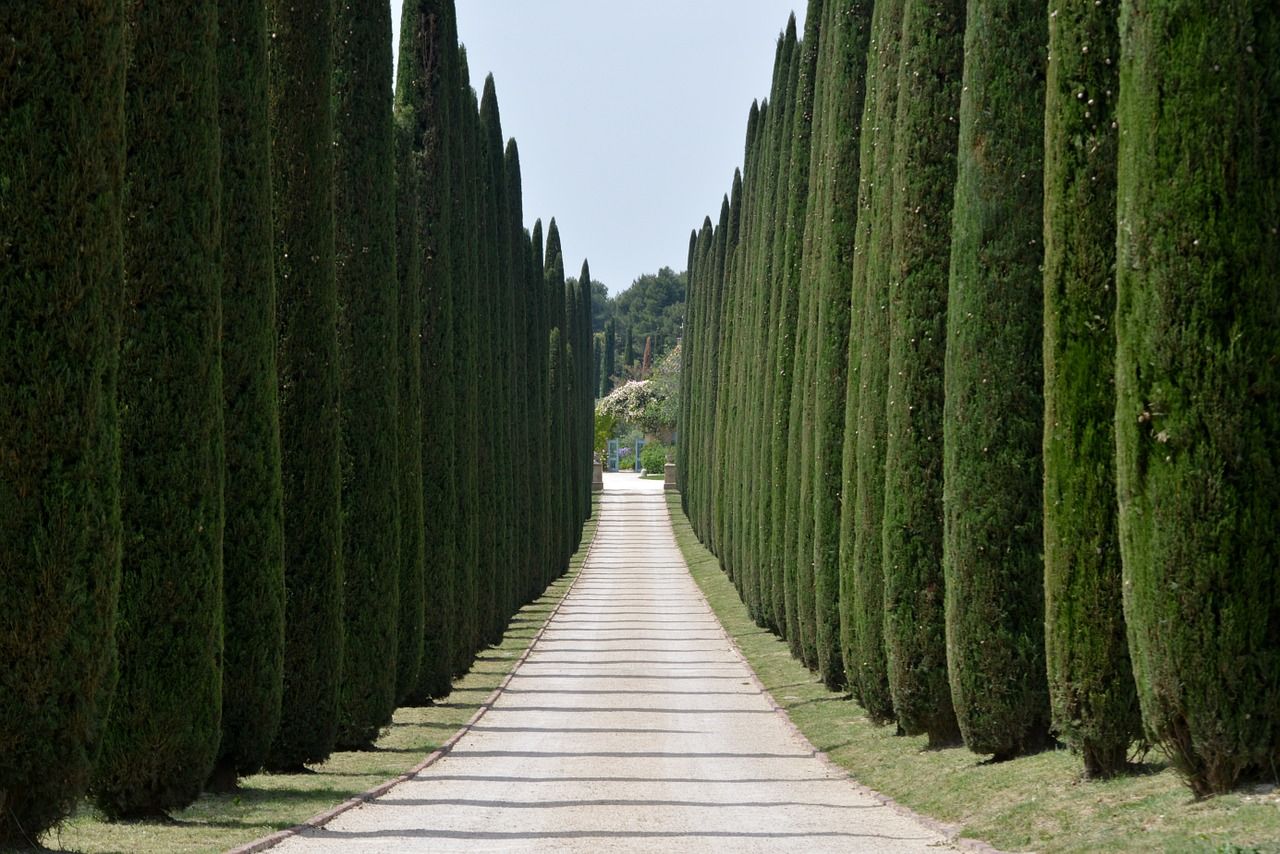
Cypress trees have flat, scaly leaves along the stem. Conifers of the genus Agathis have thick, elliptical leaves, and those of the genus Nageia have broad, flat leaves.
Conifers are conspicuous members of the taiga forest biome and have adaptations for life in the cold environment of boreal forests. The tall, triangular shape of the trees allows snow to detach more easily from the branches and prevents them from breaking under the weight of the ice.
Needle-leaved conifers also have a waxy coating on the leaf surface to help prevent water loss in dry weather.
Cycadophyta
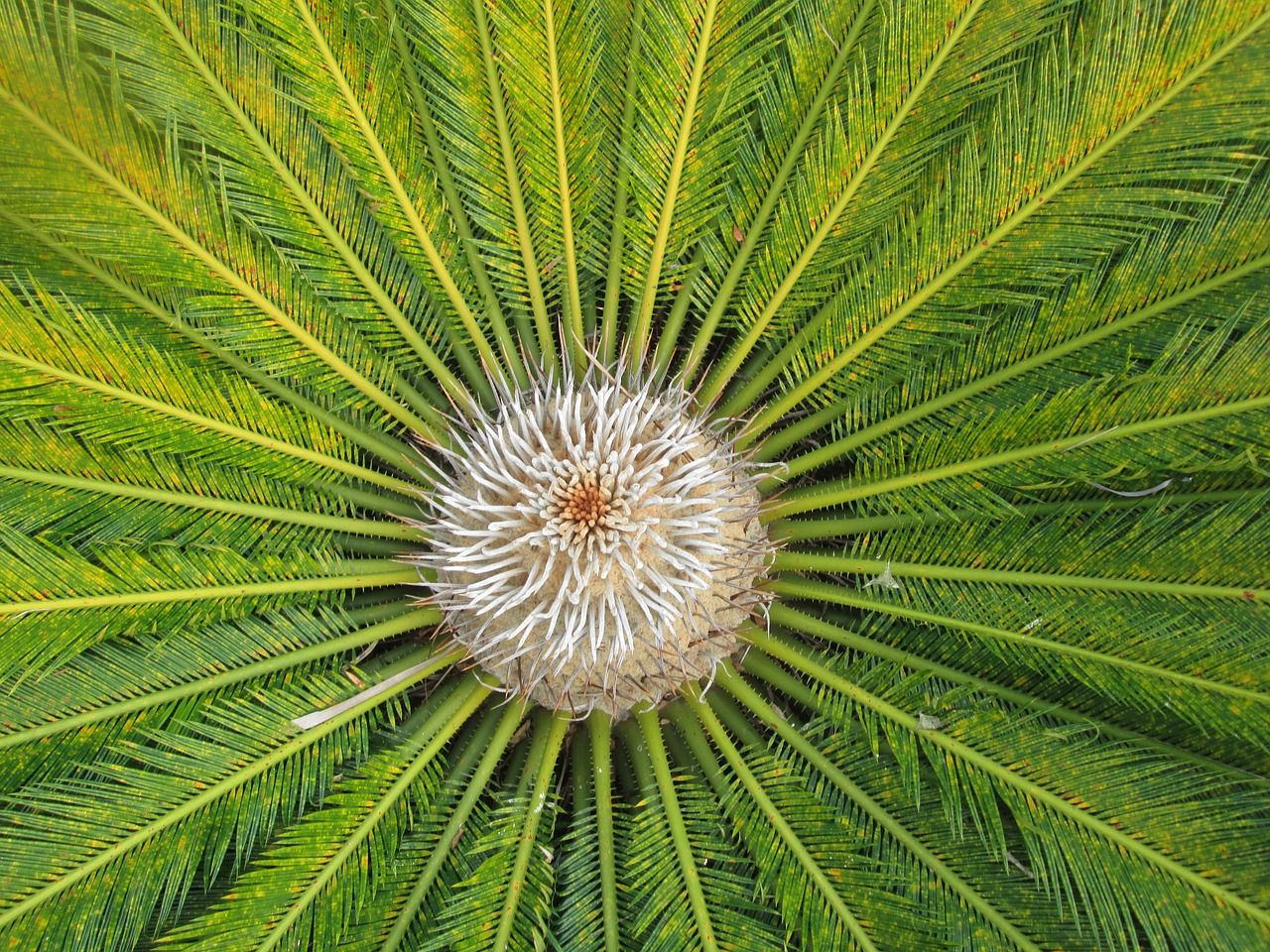
The Cycadophyta division of gymnosperms includes the cycads. Cycads are found in tropical forests and subtropical regions. These evergreens have a feather-like leaf structure and long stems that spread the large leaves over the thick woody trunk.
At first glance, cycads may resemble palm trees, but they are not related.
These plants can live for many years and have a slow growth process. The King Sago palm, for example, can take up to 50 years to reach 3 meters.
Unlike many conifers, cycads only produce male cones (produce pollen) or female cones (produce ovules). Female cone-producing cycads will only produce seeds if a male is in the vicinity. Cycads rely primarily on insects for pollination, and the animals aid in the dispersal of their large, colorful seeds.
Cycad roots are colonized by the photosynthetic bacteria cyanobacteria.
These microbes produce certain poisons and neurotoxins that accumulate in the seeds of the plant. The toxins are believed to provide protection against bacteria and fungal parasites. Cycad seeds can be dangerous to pets and humans if ingested.
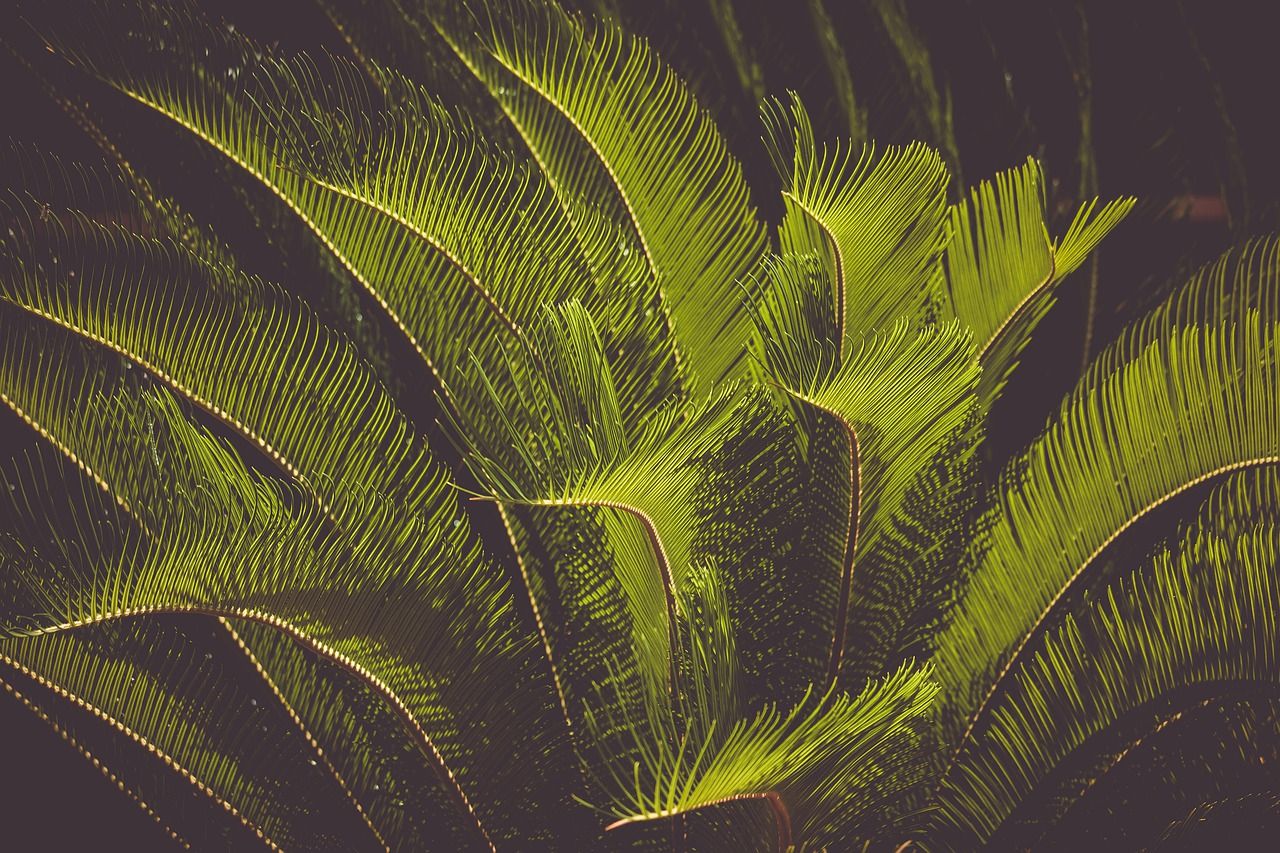
Ginkgophyta
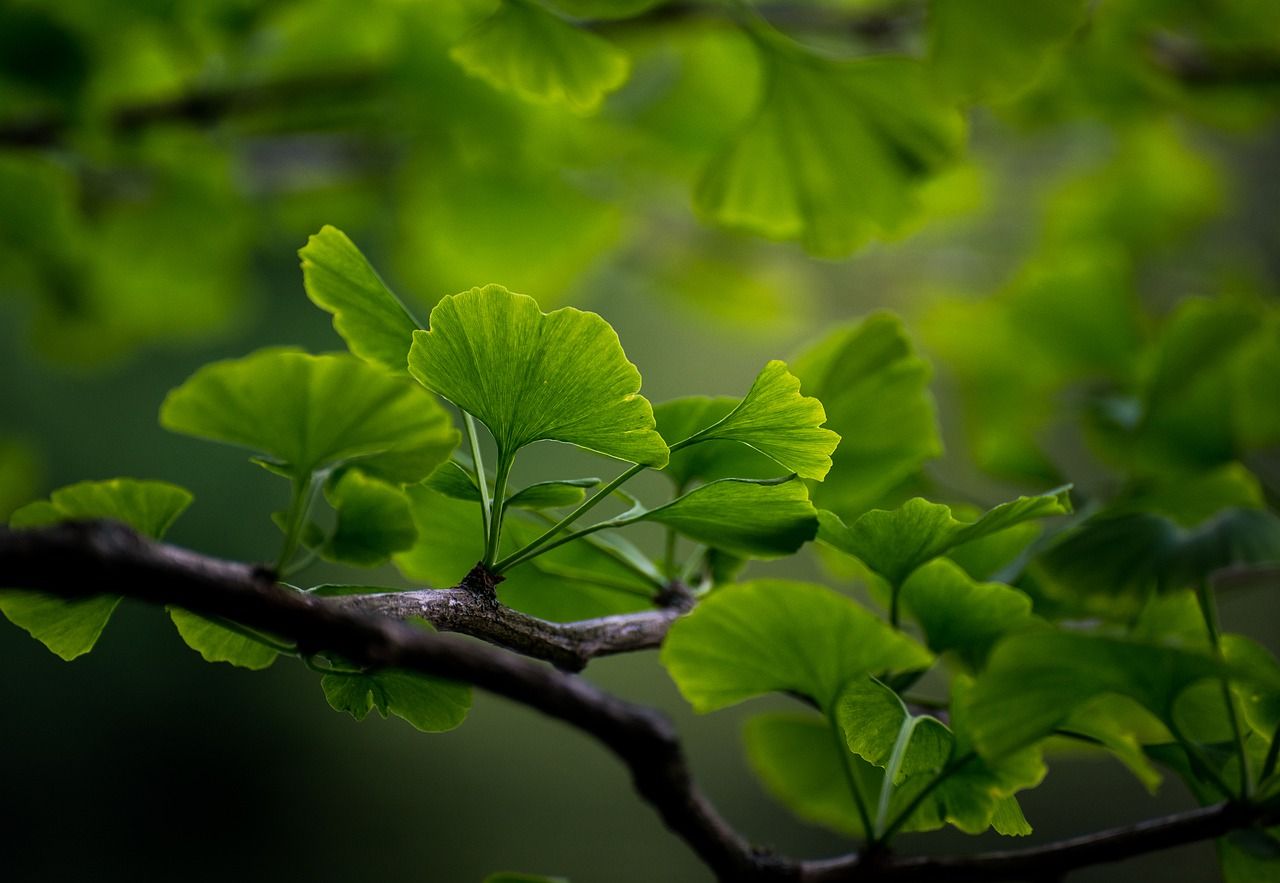
Ginkgo biloba are the only surviving plants of the Ginkgophyta division of gymnosperms.
Today, naturally growing ginkgo plants are unique to China. Ginkgoes can live for thousands of years and are characterized by their deciduous, fan-shaped leaves that turn yellow in the fall. Ginkgo biloba are quite large, with the tallest trees reaching 50 meters.
They are old trees and have thick trunks as well as deep roots.
Ginkgoes thrive in well-sunny areas that receive plenty of water and have well-draining soil. Like cycads, ginkgo plants produce male or female cones and have sperm that use flagella to swim to the egg in the female egg.
These durable trees are resistant to fire, pests, and disease, and produce chemicals that are considered to be of medicinal value, including various flavinoids and terpenes with antioxidant, anti-inflammatory, and antimicrobial properties.
Gnetophyta
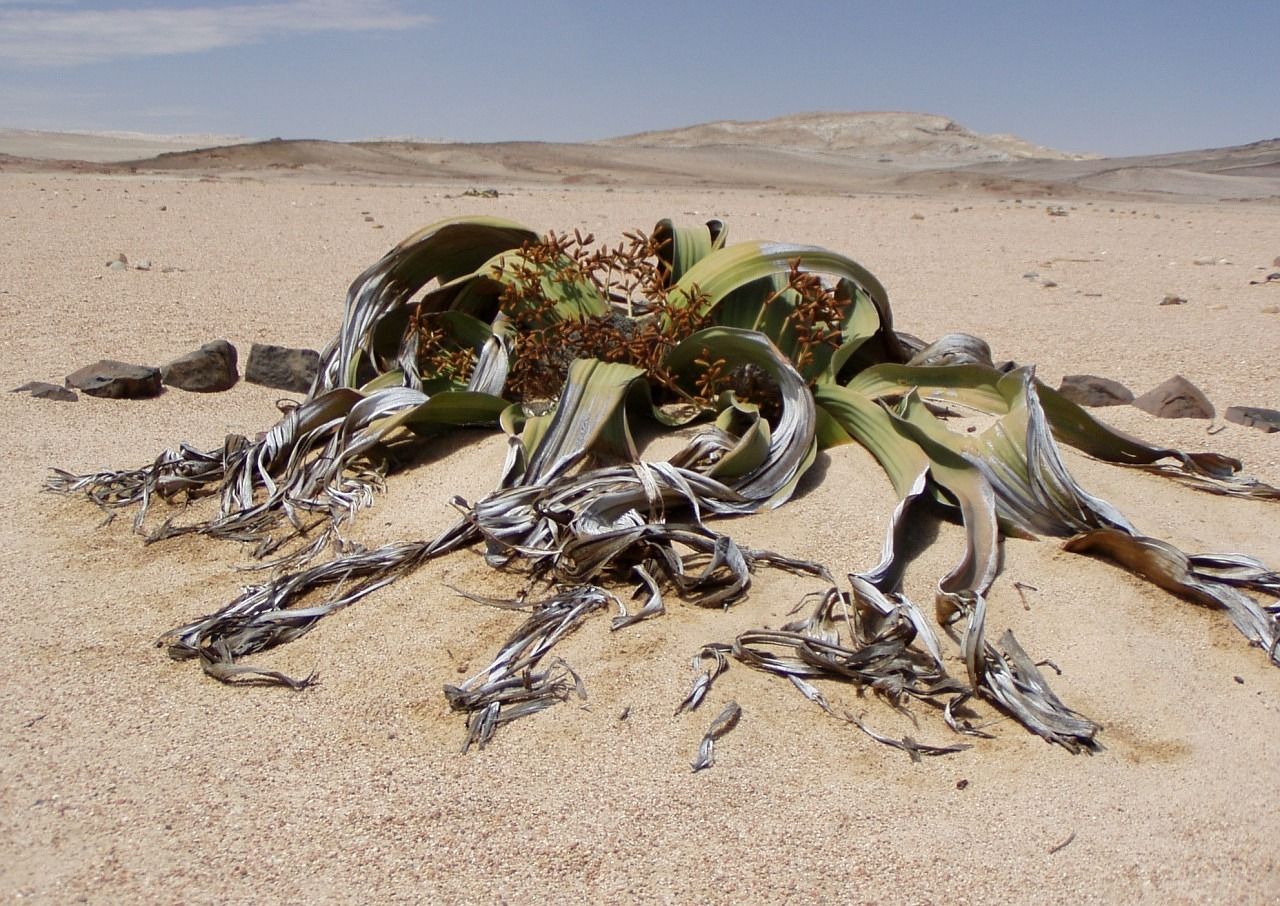
The gymnosperm division Gnetophyta has a small number of species (65) that are found in three genera: Ephedra, Gnetum, and Welwitschia. Many of the species of the genus Ephedra are shrubs that can be found in the desert regions of America or in the cool highlands of the Himalayan mountains in India.
Some species of Ephedra have medicinal properties and are the source of the decongestant drug ephedrine. Ephedra species have slender stems and scale-like leaves.
Gnetum species contain some shrubs and trees, but most are woody vines that climb around other plants. They inhabit tropical rain forests and have broad, flat leaves that resemble those of flowering plants.
The male and female reproductive cones are found on separate trees and often resemble flowers, although they are not. The structure of the vascular tissue of these plants is also similar to that of flowering plants.
Welwitschia has only one species, Welwitschia mirabilis. These plants only live in the African desert of Namibia. They are very unusual in that they have a large stem that stays low to the ground, two large arching leaves that divide into other leaves as they grow, and a large, deep taproot.
This plant can withstand the extreme heat of the desert, with maximums of 50°C, as well as the lack of water (1-10 cm per year). The male cones of W. mirabilis are brightly colored, and both male and female cones contain nectar to attract insects.
gymnosperm life cycle
In the life cycle of gymnosperms, plants alternate between a sexual phase and an asexual phase.
This type of life cycle is known as alternation of generations. The production of gametes occurs in the sexual phase or gametophytic generation of the cycle. Spores are produced in the asexual phase or sporophytic generation.
Unlike non-vascular plants, the dominant phase of the life cycle of vascular plants is the sporophytic generation.
In gymnosperms, the plant sporophyte is recognized as the bulk of the plant, including the roots, leaves, stems, and cones. Plant sporophyte cells are diploid and contain two complete sets of chromosomes.
The sporophyte is responsible for the production of haploid spores through the process of meiosis. With a complete set of chromosomes, the spores develop into haploid gametophytes. The gametophytes of the plant produce male and female gametes that unite at pollination to form a new diploid zygote.
The zygote matures into a new diploid sporophyte, thus completing the cycle. Gymnosperms spend most of their life cycle in the sporophyte stage, and gamete generation is totally dependent on sporophyte generation for survival.
reproduction of gymnosperms
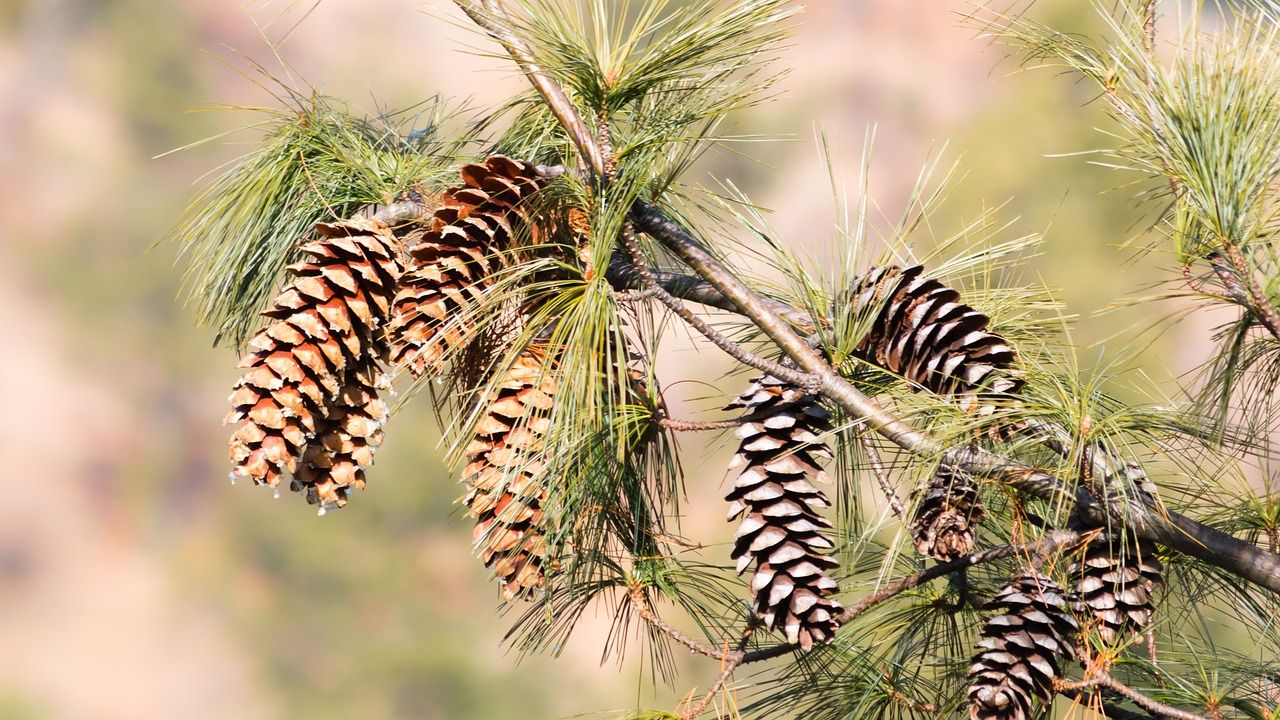
The female gametes (megaspores) are produced in gametophytic structures called archegonia, located in the ovulation cones. Male gametes (microspores) are produced in pollen cones and develop into pollen grains.
Some species of gymnosperms have male and female cones on the same tree, while others have trees producing separate male or female cones. For pollination to occur, the gametes must come into contact with each other. This usually happens through the wind, animals or insects.
Fertilization in gymnosperms occurs when pollen grains come into contact with the female ovule and germinate.
The sperm go to the egg inside the egg and fertilize it. In conifers and gnetophytes, sperm do not have flagella and must reach the ovule by forming a pollen tube. In cycads and ginkgoes, flagellated sperm swim toward the egg to fertilize it.
After fertilization, the resulting zygote develops within the gymnosperm seed and forms a new sporophyte.
Sources and bibliography
-
[PDF] Ancient seeds reveal secrets of flowering plant evolution, DE Soltis – Research and science, 2021 – investigacionyciencia.es
-
Trees and shrubs, A Lombardo – 1969 – sidalc.net
-
[PDF] Plant Organs, M Megías, P Molist, MA Pombal – Atlas of Plant Histology And …, 2015 – hopelchen.tecnm.mx
-
[PDF] Pollen from gymnosperms (conifers) from the Late Cretaceous and Paleocene of Patagonia, S Archangelsky, EJ Romero – Ameghiniana, 1974 – researchgate.net
-
[PDF] GYMNOSPERMS, LSJ ANTONIO – ri.uaemex.mx
-
[PDF] PTERIDOPHITAS AND GYMNOSPERMS, JMO Rodríguez, JCM Castro, BFH Valencia… – academia.edu
-
Introduction to the study of gymnosperms. LA Fournier-Origgi – sidalc.net

![Photo of Prune Capers: [Importance, Time, Considerations and Steps]](https://www.complete-gardening.com/wp-content/uploads/2021/06/Alcaparra_1615296745-390x220.jpg)
